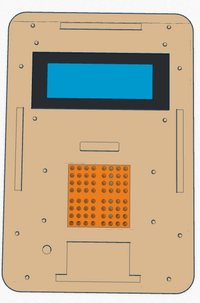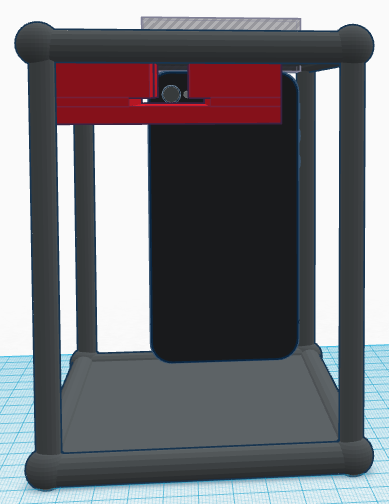BME100 f2014:Group19 L6
| Home People Lab Write-Up 1 | Lab Write-Up 2 | Lab Write-Up 3 Lab Write-Up 4 | Lab Write-Up 5 | Lab Write-Up 6 Course Logistics For Instructors Photos Wiki Editing Help | |||||||
|
OUR COMPANY
LAB 6 WRITE-UPBayesian StatisticsOverview of the Original Diagnosis System To test patients for the disease-associated SNP that causes heart issues, BME100 assembled 34 teams of six students to test 68 patients. In order to prevent error, each group had a positive and negative control as well as three separate samples for each patient. This ensured that there were three separate tests to compare. The PCR controls remained consistent for each group. Also, the ImageJ calibration controls remained the same between each group. At the end of the PCR testing, the calculations for each unique PCR sample were calculated and combined to find the results for each patient. To complete the process, all the patients results were complied on to one spreadsheet. Many of the conclusion were correct, however there were some inconclusive tests. Also, some groups did not submit there data so it could not be included in the calculations. Overall, this data could be used to calculated Bayes statistics to find the accuracy of the PCR machine.
Computer-Aided DesignTinkerCAD Our Design Our redesign is based around efficiency. We increased the number of test tube slots, allowing more samples to be amplified simultaneously. We also changed the material of the heating block from aluminium to copper, increasing heat transfer and temperature response. While these additions increase the cost of an individual machine, the cost is significantly less than having to purchase multiple machines.
Feature 1: Consumables KitIncluded in kit:
Our consumables kit comes with enough supplies to run 10 different test. The micropettor is digital and detects the type of liquid in the tube. This way you can program which liquid you want to dispense and avoid human error in dispensing the wrong substance. The micropettor will turn green if its the correct substance and red if it is the wrong one. Feature 2: Hardware - PCR Machine & FluorimeterOur PCR machine has been redesigned to allow for faster testing and larger sample sizes. We increased the number of test tube slots in the heating block four fold. We also changed the material of the heating block to copper, increasing thermal conductivity to accommodate for the larger size. Our fluorimeter has been redesigned as a complete system. All parts are integrated into a single, 3D printed baseplate. This ensures all components are correctly positioned, increasing test accuracy by removing camera and drop placement as sources of error.
| |||||||







